Home > Recreation > State ParksGanondagan State Historic Site1488 Victor-Bloomfield Rd. Victor, NY 14564 585-924-5848 Services: J,M,O,Q,Y,CC
HISTORYIn the rolling hills of what is now Ontario County, New York lies the site of a major 17th-century Seneca Indian town and palisaded granary. It was called Ganondagan (ga-NON-da-gan) or the Town of Peace. At its peak, Ganondagan was thought to have been a large community of 150 bark longhouses with an estimated population of 4,500. The land was, and still is, fertile, evidenced by the many farms in the area. The Indians prospered.
The Indians of the region traded furs, especially beaver pelts, and worked as a group to prevent trappers from French colony of New France (Canada) from trapping in the region. Since the success of the French colony depended heavily on trapping, a decision was made by the governor of New France--Jacques-Rène de Brisay, better known as the Marquis de Denonville--to teach the Seneca a lesson. Part of his retribution consisted of the destruction of many of the Seneca villages in the Finger Lakes region, including Ganandagan.
In the summer of 1687, Denonville led an army from New France against the Seneca to decimate them, thereby eliminating them as competitors in the international fur trade. Not only did Denonville's army destroy all the longhouses at Ganondagan, but it destroyed the village's granary that is reported to have stored, among other things, the equivalent of 440,000 bushels of corn. FACILITIESThe site has five main facilities. Visitor's CenterGanondagan has a small visitor's center which has on display historical artifacts and modern cultural items such as corn dolls, hats, and artwork. There are also bathrooms and a separate gift shop. LonghouseThe re-created longhouse is well worth the visit as it attempts to give an accurate depiction of how the local Indians lived during the 17th century. TrailsThere are a number of trails on the site. Three of the trails--Trail of Peace, Earth is Our Mother, and Grasslands--provide a total of 29 interpretive signs explaining the significance of various native plants on the property to the Seneca and Iroquois customs and beliefs. Other trails on the property are marked with blazes painted on trees and are maintained by the Victor Hiking Trails, Inc. |
|
|


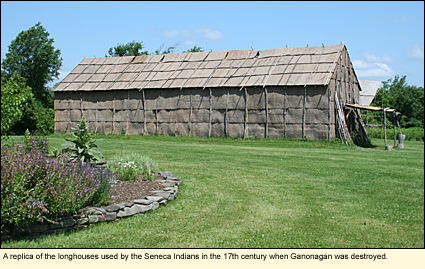
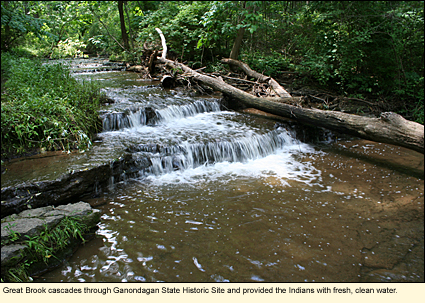
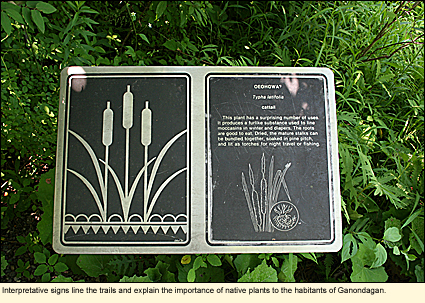
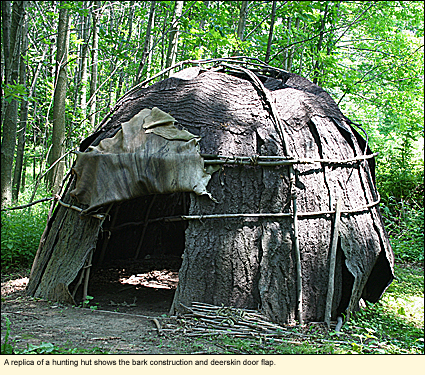
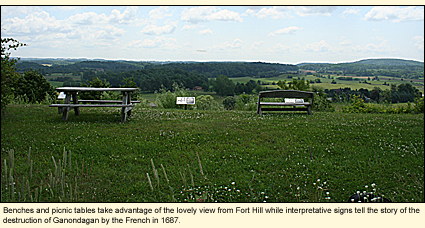
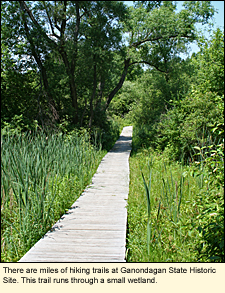 D-Boat Rentals
D-Boat Rentals